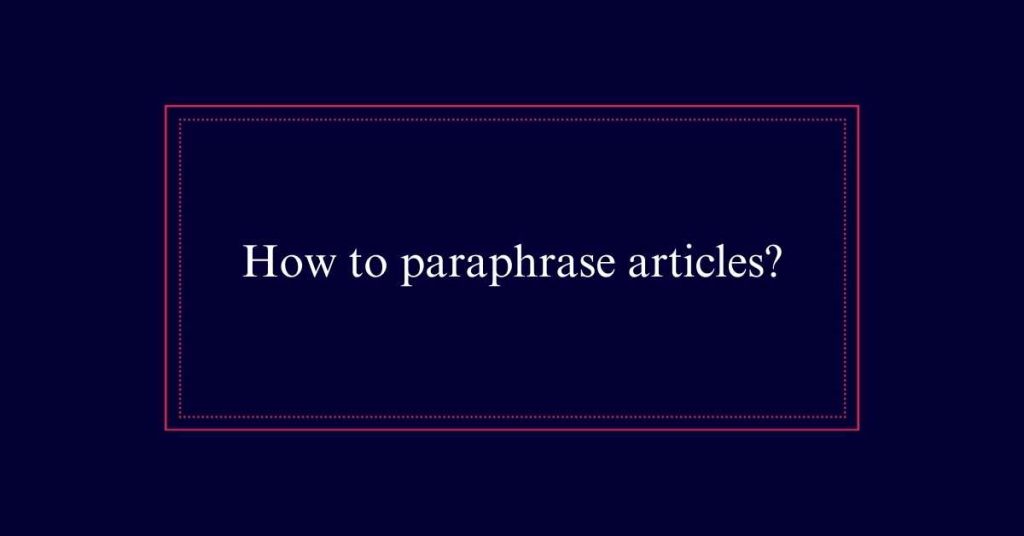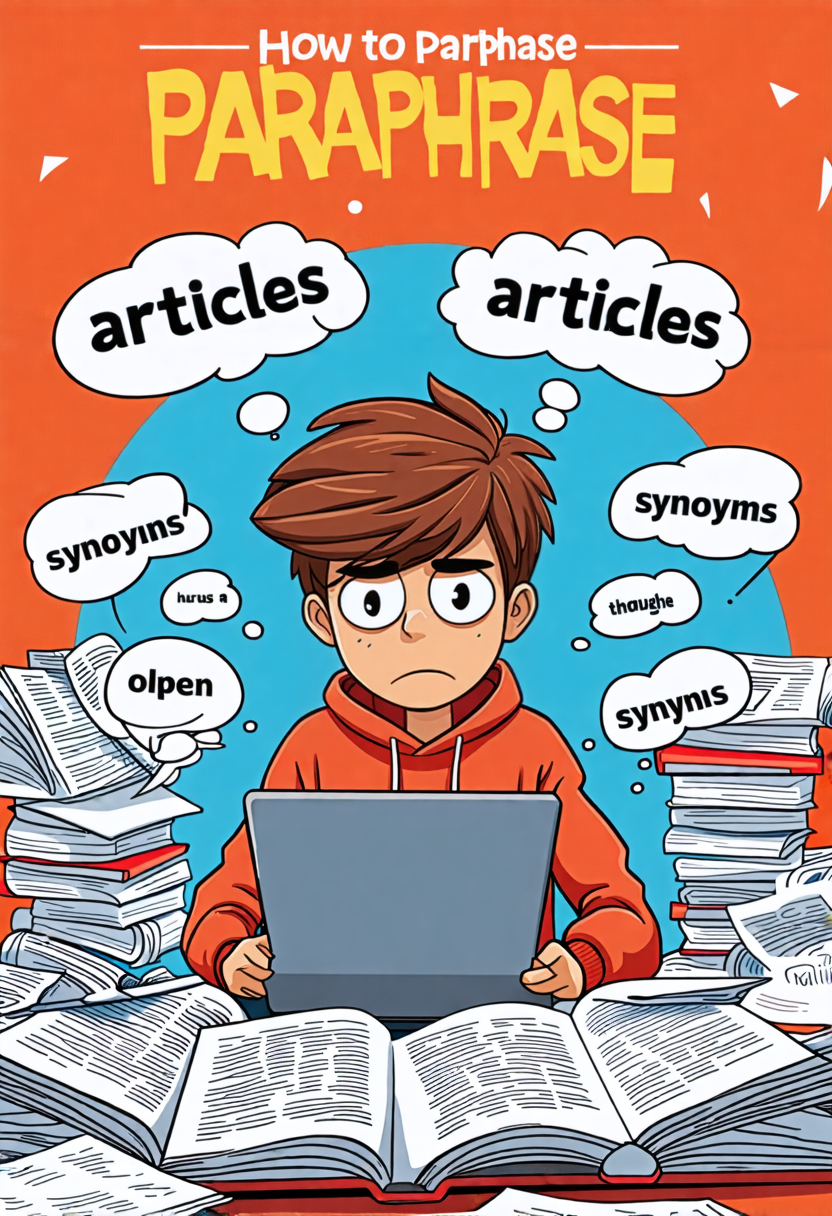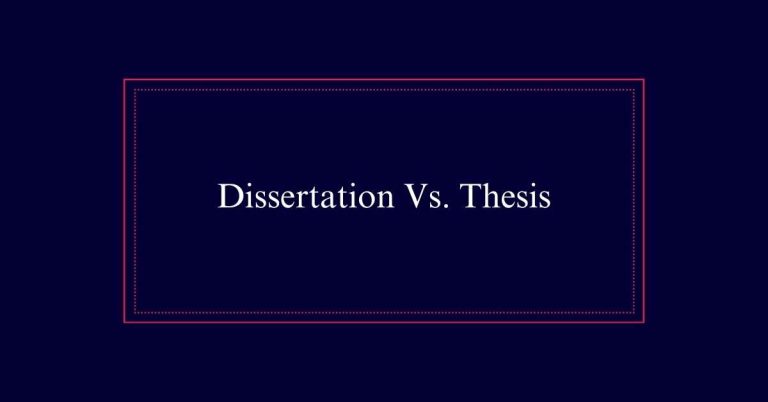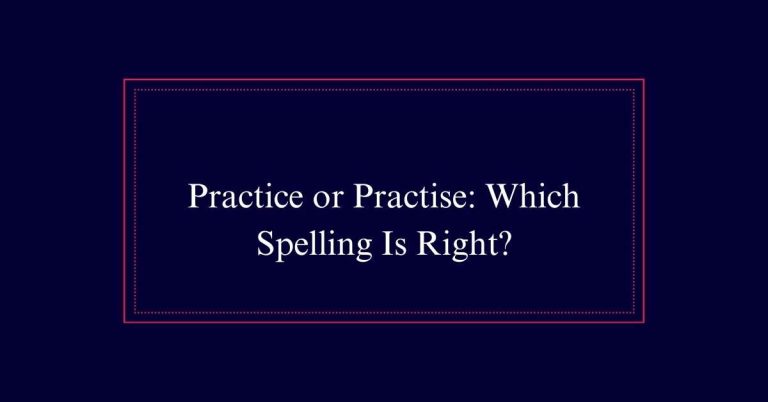How to paraphrase articles?
To effectively paraphrase articles, begin by grasping the core concept. Simplify intricate sentences and swap out key terms with synonyms while preserving the original intent.
Rearrange sentences to give a fresh perspective, and read your version aloud to ensure it flows smoothly. Compare your rendition to the source to prevent duplicating phrases.
By consistently prioritizing clarity and coherence, you can produce distinctive content. Practice rewriting from memory to enhance the originality of your paraphrasing.
Restating Ideas Effectively
Now that you understand how to paraphrase, let’s explore how to restate ideas effectively.
Start by identifying the main idea of the original text and breaking it down into simpler terms. Use synonyms to replace key words while maintaining the original meaning.
Rearrange the sentence structure to create a unique version of the content. Ensure your version is clear and concise.
Read your paraphrase aloud to check for flow and naturalness.
Finally, compare your text with the original to ensure you haven’t copied any phrases.
Techniques for Paraphrasing
To paraphrase effectively, it is important to first understand the main idea of the content before making any changes to the wording. You should replace original words with synonyms and restructure sentences to create a new sentence. It is also helpful to adjust the tone to match your writing style.

Breaking long sentences into shorter ones or combining short sentences can improve the flow of your writing. Try rewriting the content from memory to ensure it is in your own words, which helps prevent copying from the original source. Once you have completed your draft, review it to ensure that you have made substantial changes while still conveying the original meaning. Avoid patchwriting, which involves closely imitating the original source.
Enhancing Clarity and Coherence
To improve the readability of your paraphrased content, it is essential to focus on clarity and coherence. Simplifying complex ideas and ensuring a logical flow are crucial steps. Breaking down long sentences into shorter ones and using simple language instead of jargon can greatly enhance comprehension. Using linking words like ‘therefore‘ and ‘however’ can help smoothly connect different ideas. It is important that each paragraph contains a clear main idea. Arranging sentences and ideas logically guides the reader seamlessly from one point to the next.
Utilizing active voice can make your writing more direct and engaging for the audience. Reading your paraphrased content aloud can help identify any awkward phrasing or unclear ideas. Striving for clarity and coherence in each sentence contributes to the overall readability and effectiveness of your writing.
Rewriting From Memory
Rewriting from memory aids in internalizing the original content and ensuring your paraphrase is distinct. Start by thoroughly reading the original text.
Then, put it aside and try to recall the key points without referring back. This technique compels you to deeply process and understand the material.
Writing from memory naturally leads you to use your own words and sentence structures. This method also helps you avoid directly copying phrases from the source.
It’s okay if you don’t remember every detail perfectly; the aim is to capture the main ideas. Afterward, compare your version with the original to ensure accuracy.
Significant Changes and Originality
After attempting to recall the text, it is crucial to conduct substantial modifications to guarantee a distinctive paraphrase. Avoid simply swapping a few terms but instead focus on thoroughly rephrasing the material. This strategy is key to maintaining uniqueness and avoiding accusations of plagiarism.
Here are strategies to implement substantial alterations:
- Use Synonyms: Exchange words with their synonyms while preserving the initial intent.
- Vary Sentence Structure: Modify the order of details within sentences.
- Combine or Separate Sentences: Consolidate several brief sentences into one or break down a lengthy sentence into multiple shorter ones.
Proper Citation Practices
Understanding how to simplify complex content sets the stage for mastering proper citation practices.
When you paraphrase, always give credit to the original source. This shows respect for the author’s work and keeps your writing honest. Use the correct citation style, whether it’s APA, MLA, or Chicago. Place parenthetical citations right after the paraphrased information. Don’t forget to double-check the guidelines for accurate formatting.
Proper citation not only avoids plagiarism but also boosts your credibility. Always keep track of your sources as you read and write. This makes the citation process smoother.







